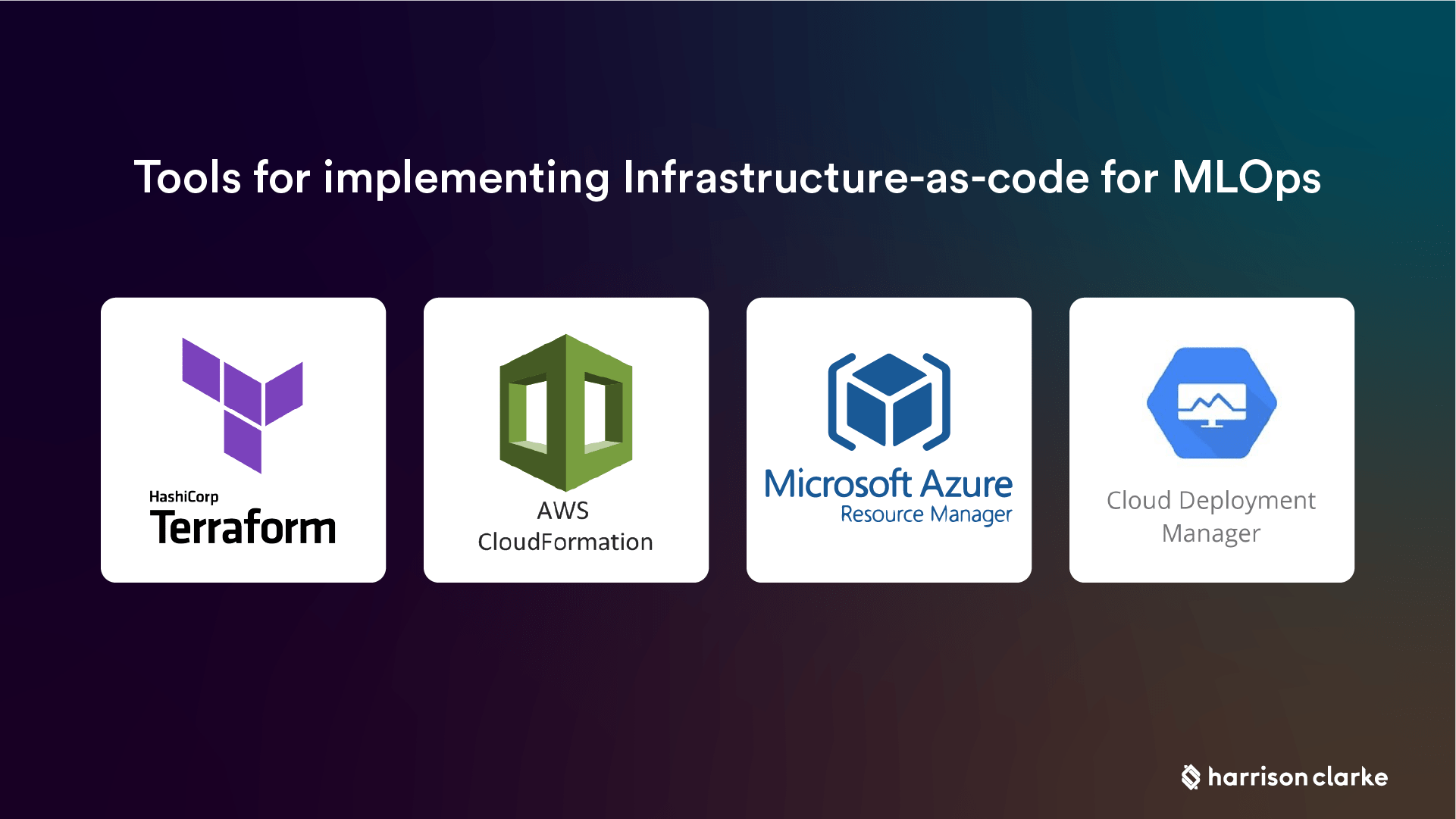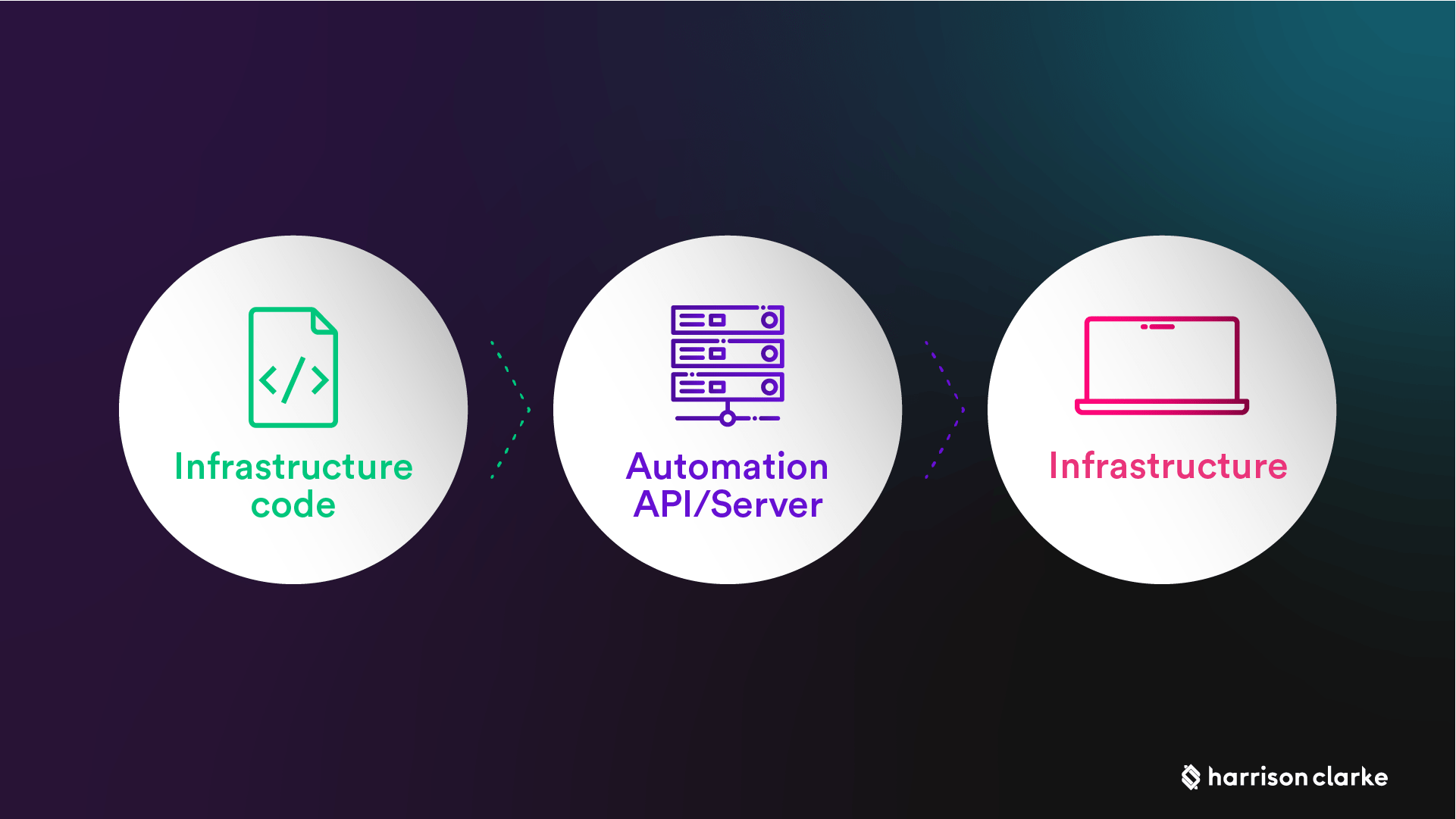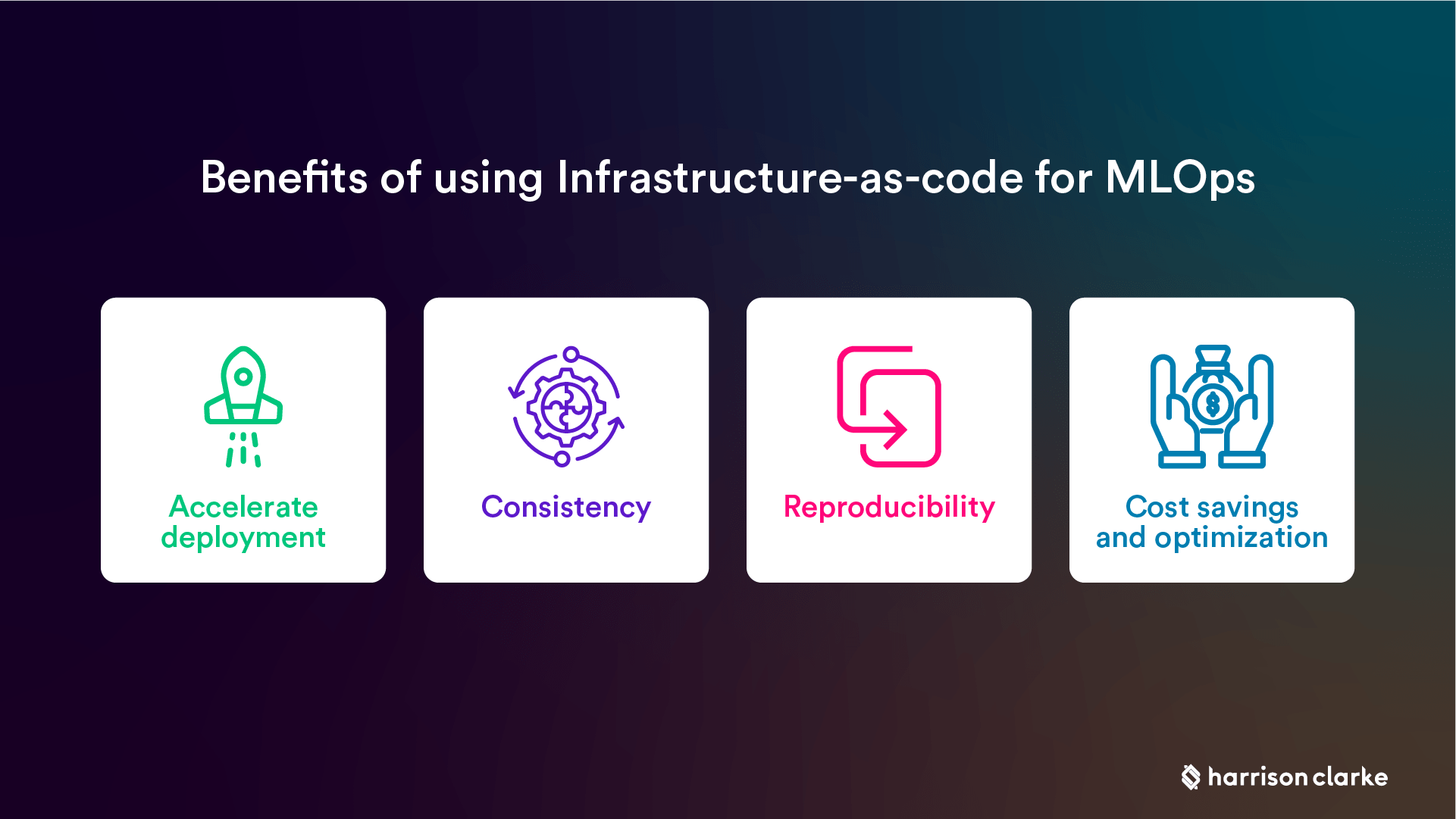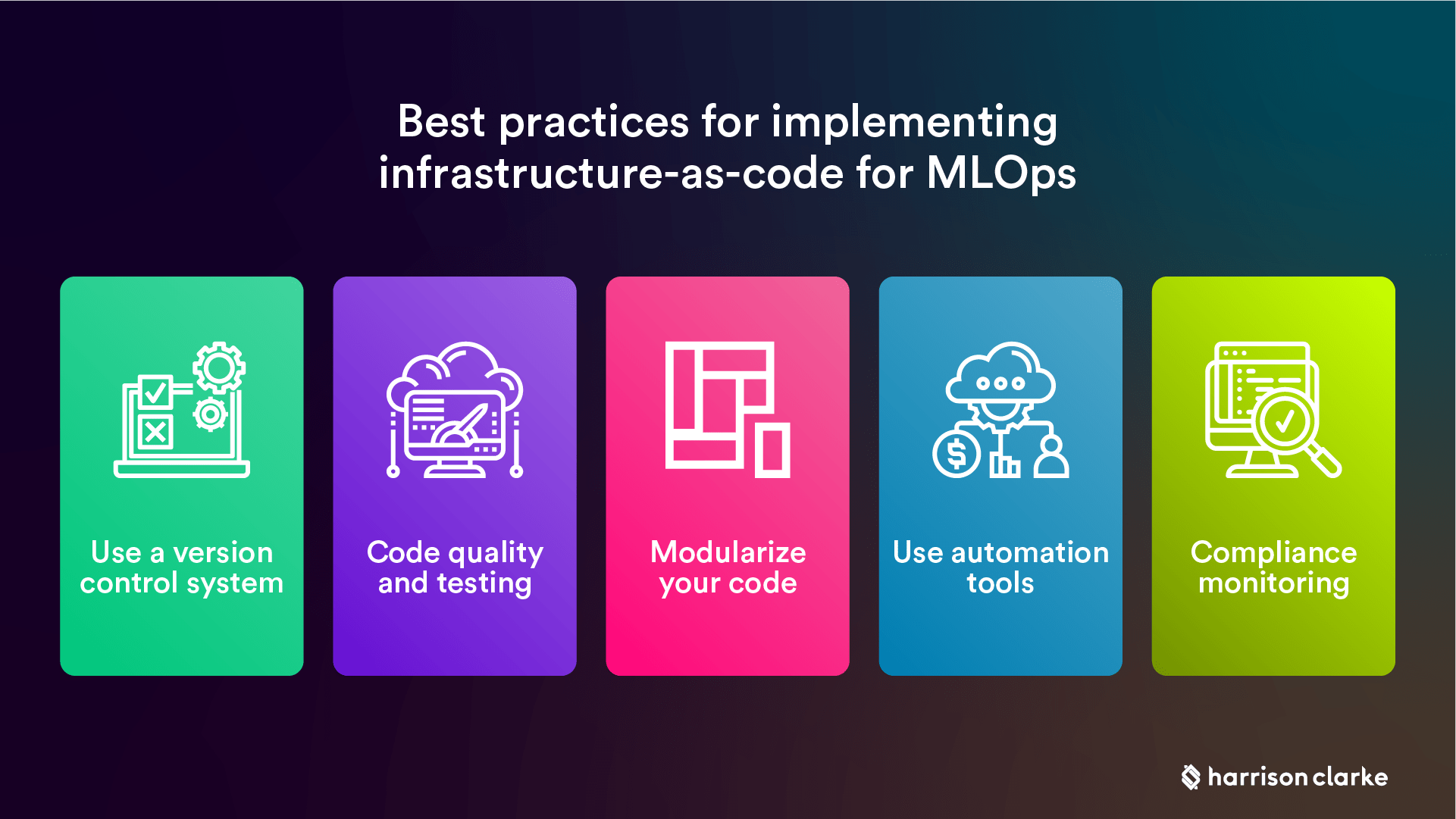Machine Learning Operations or MLOps has become increasingly critical for businesses to deploy and manage their machine learning models efficiently. And one key practice that can help streamline MLOps is infrastructure-as-code (IaC). With its ability to automate infrastructure deployment and management, IaC can significantly accelerate the development and deployment of ML models while also reducing errors and costs. In this blog post, we’ll dive into the benefits of IaC for MLOps and provide some best practices and tools to implement it in your machine learning workflow.
What is Infrastructure-as-code?
Before we delve into the benefits of IaC for MLOps, let's first define it. IaC is a process of managing and provisioning computing infrastructure using code instead of manual processes. With IaC, developers define their infrastructure as code, which can then be versioned and treated like any other software code. This process automates the deployment and management of infrastructure, enabling teams to provision resources faster, more consistently and with fewer errors
Benefits of using Infrastructure-as-code for MLOps
Now that we understand what IaC is, let's take a look at how it can benefit MLOps. By using IaC for MLOps, organizations can:
Accelerate deployment: Infrastructure as code enables automated provisioning of infrastructure, which speeds up deployment processes.
Consistency: When using IaC, infrastructure is defined with source code, which eliminates inconsistencies and errors in the configuration of the infrastructure
Reproducibility: IaC allows developers to test and deploy infrastructure configurations multiple times, ensuring that the infrastructure is reproducible and provide more reliable results
Cost savings and optimization: With IaC, resources can be allocated and de-allocated based on demand. Organizations can save costs on unused resources and optimize infrastructure usage.
Best practices for implementing infrastructure-as-code for MLOps
Implementing IaC for MLOps requires some best practices to ensure smooth and efficient processes. Here are some of the best practices you can implement:
Use a version control system: Just like with the application code, it's critical to use a version control system for IaC code. This way, changes can be tracked, and rollbacks are straightforward.
Code quality and testing: Barricade your IaC code by running tests and tools available to ensure good code quality.
Modularize your code: Going complex with your codebase can increase potential complexity and risk of failure. Always to break your infrastructure code into smaller, reusable modules that can be used in multiple configurations.
Use automation tools: For IaC management, several tools, like Terraform and CloudFormation are available. Automating the process ensures faster and streamlined infrastructure provisioning.
Compliance monitoring: It is crucial for organizations to have regulations and compliance monitoring in place to verify that policies are being adhered to.
Tools for implementing Infrastructure-as-code for MLOps

There are multiple tools in the market to implement IaC for MLOps, and it's essential to choose the one that meets your organization's requirements. Here are some popular tools for implementing infrastructure as code:
Terraform: A popular, open-source tool for provisioning and managing infrastructure resources with code.
AWS CloudFormation: A managed service that provides an easy way to create and manage a collection of related AWS resources.
Azure Resource Manager: A service provided by Microsoft Azure that manages infrastructure resources in Azure.
Google Cloud Deployment Manager: It is a service offered by Google Cloud that allows for the configuration of infrastructure resources.
In summary, implementing infrastructure-as-code for MLOps can streamline machine learning development and deployment, reduce errors, save costs, and accelerate the infrastructure. Following the best practices in this post and using relevant tools, organizations can enhance their development and deployment while maintaining consistency and reliability to infrastructure management. Incorporating IaC in MLOps is fast becoming a critical aspect for software development companies that work with machine learning models.






